“A place to work, live and relax in”
The official opening ceremony for ETH’s new Oberer Leonhard building (LEE) took place on Monday. So how are its occupants – employees from the KOF Swiss Economic Institute and the Department of Mechanical and Process Engineering (D-MAVT) – finding everyday life in Switzerland’s most sustainable university building?
Four years of construction work officially came to an end yesterday as President of ETH Zurich Ralph Eichler cut the red ribbon to mark the opening of the new Oberer Leonhard building (LEE). As Eichler said in his commemorative speech, ETH’s exceptional scientists make it one of the most innovative universities in Switzerland, so it is only logical that he has now been called on to open one of the most sustainable university buildings in the country. “With the LEE, we are building the future here at ETH,” said Eichler with conviction. He then briefly explained what makes this exemplary multi-storey edifice – which stands at more than 40 metres tall – so economically, environmentally and socially sustainable, citing the advanced building technology and teaching facilities, for example, as well as the use of eco-friendly, non-polluting construction materials and the modular, multi-purpose arrangement of the building’s interior space.
More light, more space and more greenery
The pioneering building, which was developed as part of ETH’s 2003 master plan for the city-centre university district, welcomed its first occupants in June. Since then, almost all employees from the Department of Mechanical and Process Engineering (D-MAVT) and the KOF Swiss Economic Institute have claimed the building as their brand new workplace – or, perhaps more accurately, they have instantly fallen in love with it. The “feel-good factor” envisaged by the team of architects and planners who designed the building seems to have spread amongst its occupants like wildfire: the staff interviewed are genuinely enthusiastic about their new working environment. More light, more space, more greenery and a much better atmosphere – these are the kind of words that cropped up in each interview. “A gem”, “a building to work, live and relax in”, “a striking design with high-quality materials”, “a pleasant indoor climate”, “good acoustics” and “a place that is geared towards the needs of its users” are just some of the responses collected.
One of the particular highlights mentioned is the building’s two urban gardens, which offer excellent views and have already been extensively tried and tested by people taking advantage of the last few sunny weeks of autumn. “Recreational areas like this are in short supply in the city centre,” says Drazenka Dragila-Salis, Head of the Building and Constructions Infrastructure Division, “which makes people want them all the more.” This requirement recently became apparent in a survey of ETH staff and students who study and work in the Rämistrasse area. The two roof gardens, which feature Mediterranean plants and are equipped with benches and sunshades, now offer the kind of tranquil spaces people want for sitting and reflecting or recharging their batteries.
When asked about their previous working environments, the people surveyed highlighted yet more advantages offered by the LEE building. For example, Jan-Egbert Sturm, Professor of Applied Macroeconomics and Director of KOF, particularly likes the fact that the Swiss Economic Institute has been able to give up its “satellite existence” on Weinbergstrasse in favour of a location which is not only geographically nearer the ETH Main Building, but feels closer too: “It has opened up a whole new world for us: we are now much closer to university activities and student life.” And that’s not all: the KOF staff can now work more closely with each other too. Instead of having to trek back and forth between three different premises as they used to do, they are now based in offices consolidated over two floors of the same building.
The speakers at the opening ceremony
-
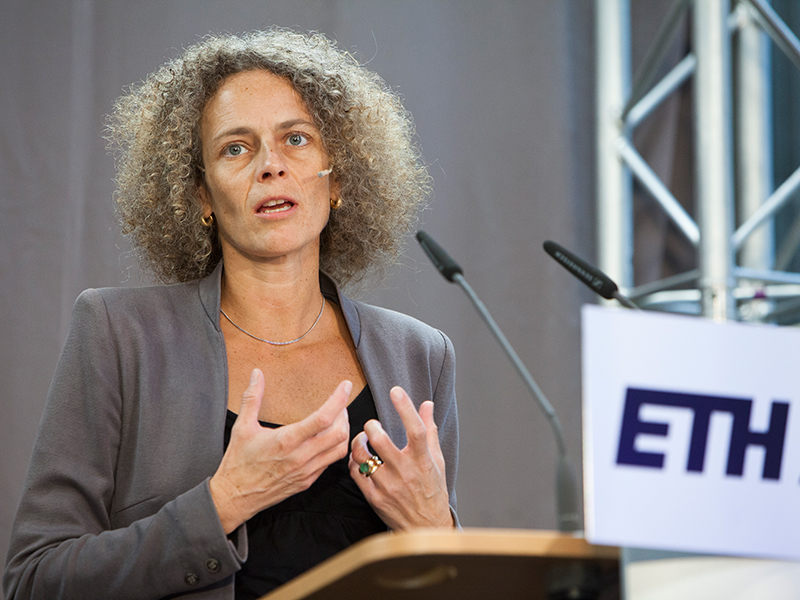
Anna Schindler, Director of the City of Zurich’s Office for Urban Development. (Photo: Giulia Marthaler) -
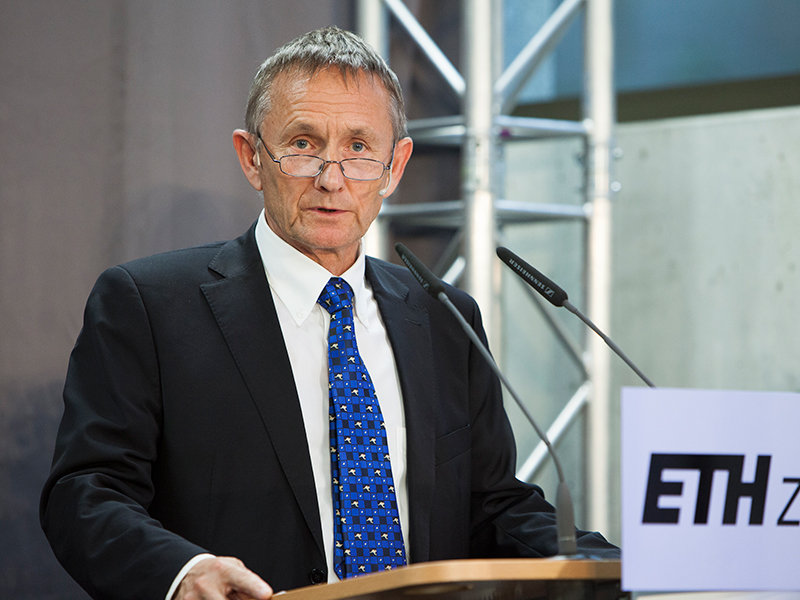
Jürg Dual, Head of D-MAVT. (Photo: Giulia Marthaler) -
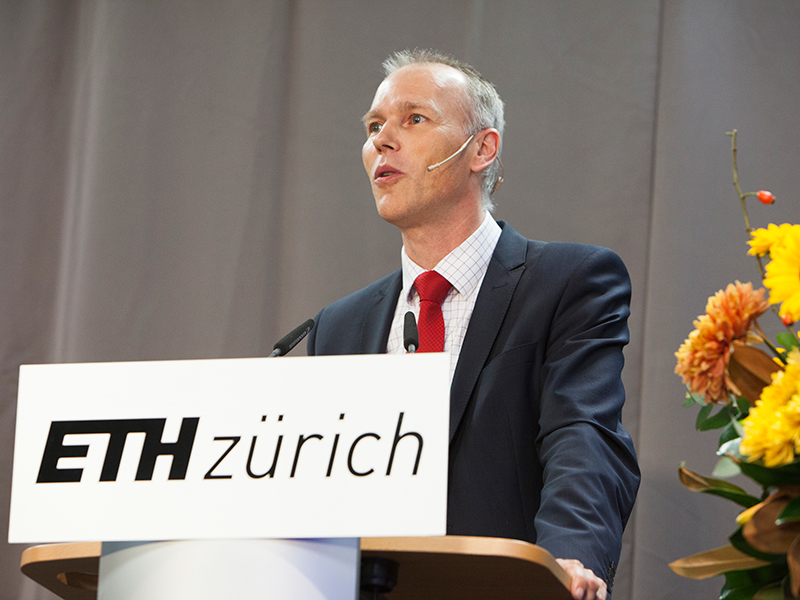
Jan-Egbert Sturm, Director of KOF. (Photo: Giulia Marthaler)
More straightforward routes and fewer stairs
Charles Clavadetscher, a member of the KOF IT team whose job involves “a lot of moving around in buildings”, appreciates the infrastructural improvements, including more straightforward routes between different areas, fewer stairs and more easily accessible spaces. The fact that he now has to travel “60 metres, one-way” to get to the secretary’s office (due to the deliberately roomier corridors and lobbies) is something he takes in his stride.
A tour of the LEE gives visitors the chance to see for themselves the “cores of the building” which Barbara Frank from the Survey Support team at KOF praised so highly in her interview. Instead of hiding meeting zones, lounge areas and kitchens away in dark corners, architects Fawad Kazi and the planning association PG ETH LEE have incorporated them into a modern office environment as key elements. “We enjoy having such pleasant places where we can go and have an informal chat with colleagues,” says Barbara Frank. “In any case, it boosts teambuilding and helps us to come up with ideas.”
A creative working environment
Mirko Meboldt, who – as Professor of Product Development and Engineering Design at D-MAVT – sees it as his main task to generate new knowledge and put it into practice, takes a similar view. “Research ideas often spring to mind haphazardly, such as when you’re making a cup of coffee or having a casual conversation in the corridor,” he says. The previous site with its narrow corridors and cell-like offices was not conducive to creative dialogue or spontaneous meetings. Now things are very different: the LEE building’s spacious accommodation is suitable for a wide range of uses. Professor Meboldt and his colleagues on the same floor have arranged their coffee area in an unconventional way, as a cross between a lounge and a think tank with beanbags, sofas, tables, whiteboards, workbenches and a 3D printer for trying out ideas straight away. “I’m not yet able to prove that our improved working environment will lead to a real increase in productivity,” he says with a smile as he surveys his new domain, “but I strongly believe that it will.”
Guests at the opening ceremony
-
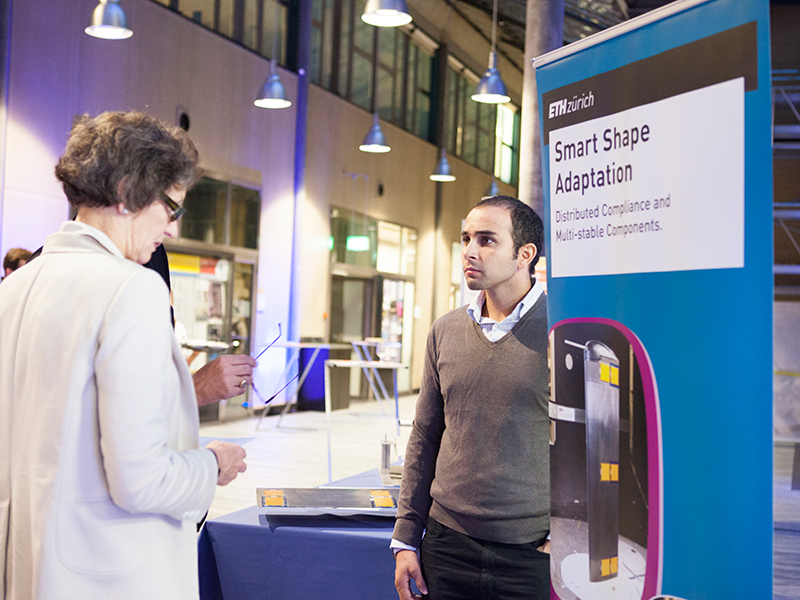
Sarah Springman, Rector elect of ETH. (Photo: Giulia Marthaler) -

Drazenka Dragila-Salis, Head of the Building and Constructions Infrastructure Division. (Photo: Giulia Marthaler) -

Mirko Meboldt, Professor of Product Development and Engineering Design. (Photo: Giulia Marthaler)
He has already received positive feedback from his doctoral students about the way that boundaries of established office structures have been “blurred”. The upcoming young researchers now have the option to retreat into a “focus area” with six workspaces where they can fine-tune their publications undisturbed. Meanwhile, those who are keen to develop their research ideas further can use the “action area”, where more noise and communication are allowed.
Workspaces for quiet study
The student areas in the LEE building are also arranged along the same lines, with separate group workspaces and quiet study zones. Ulrike Schlachter-Habermann, a coordinator for D-MAVT, is pleased that the needs of students were also taken into consideration when planning the interior space and incorporated into the overall design. They now have various areas at their disposal within the department, including in the reception areas and on the individual floors. “D-MAVT now has more students than any other department at ETH, so it is only right that they are provided with the space they need.”
Spaces in the LEE building
-
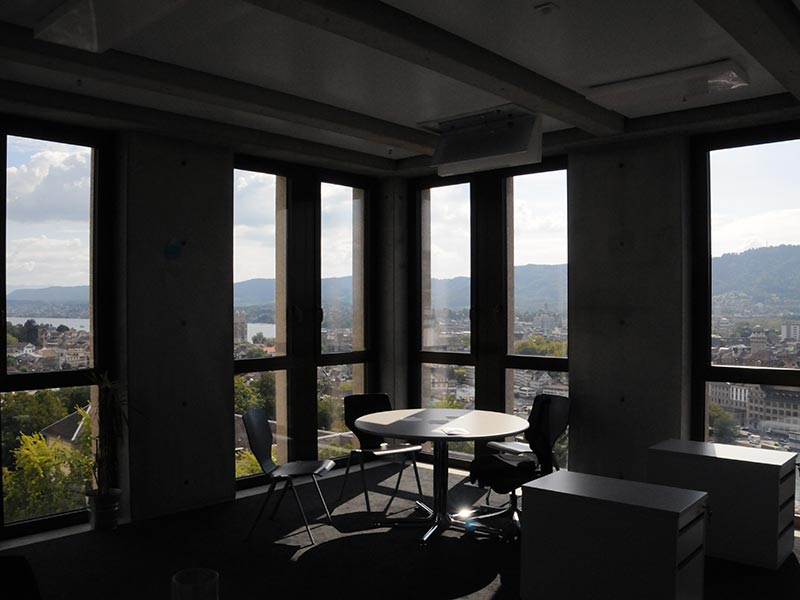
Mirko Meboldt’s office. (Photo: Anna Maltsev) -
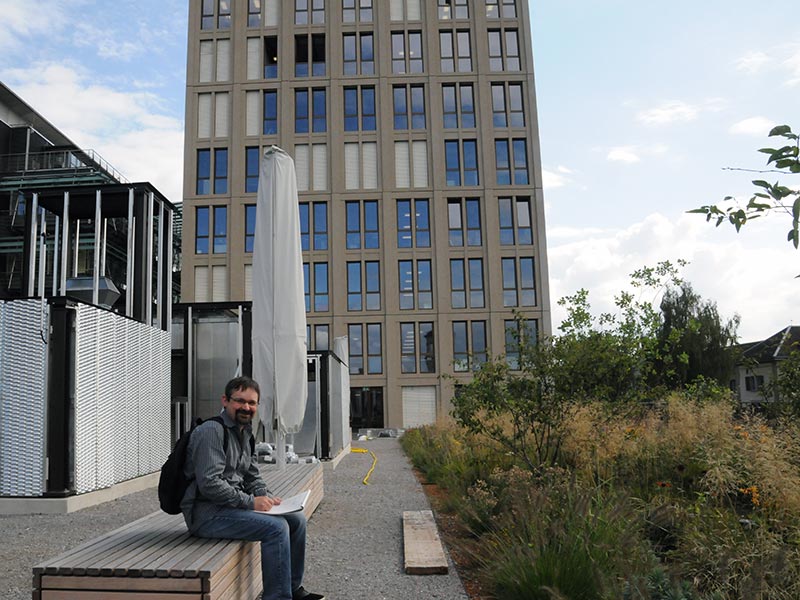
Urban garden. (Photo: Anna Maltsev) -
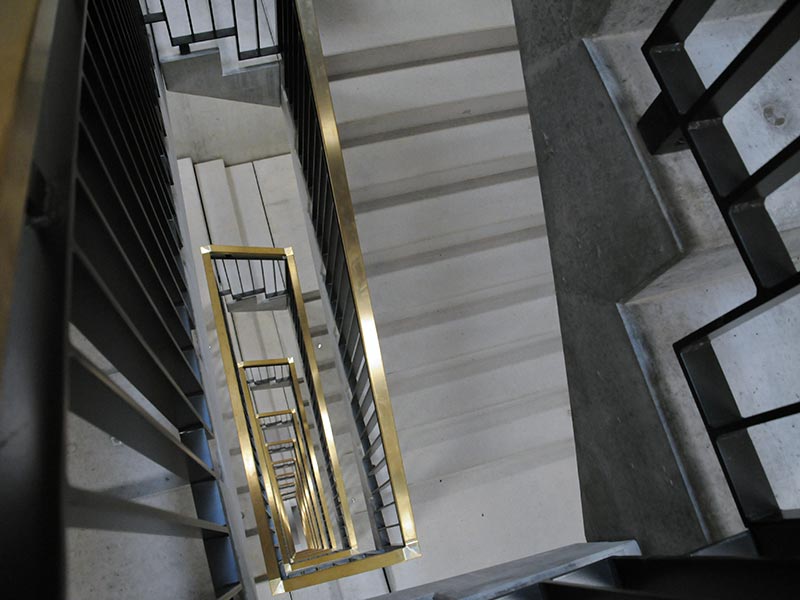
Staircase in the LEE building. (Photo: Anna Maltsev)
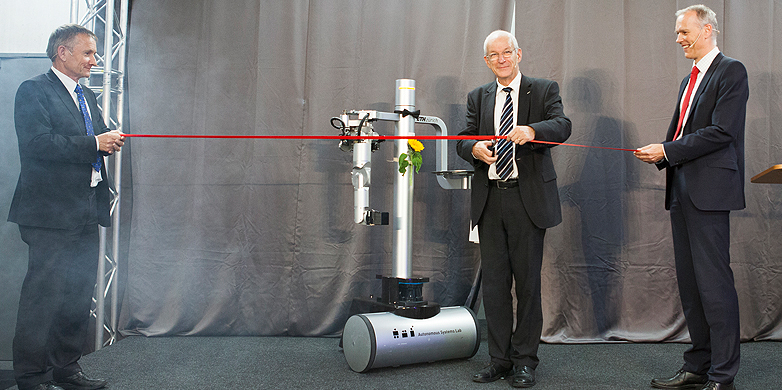
Comments
No comments yet